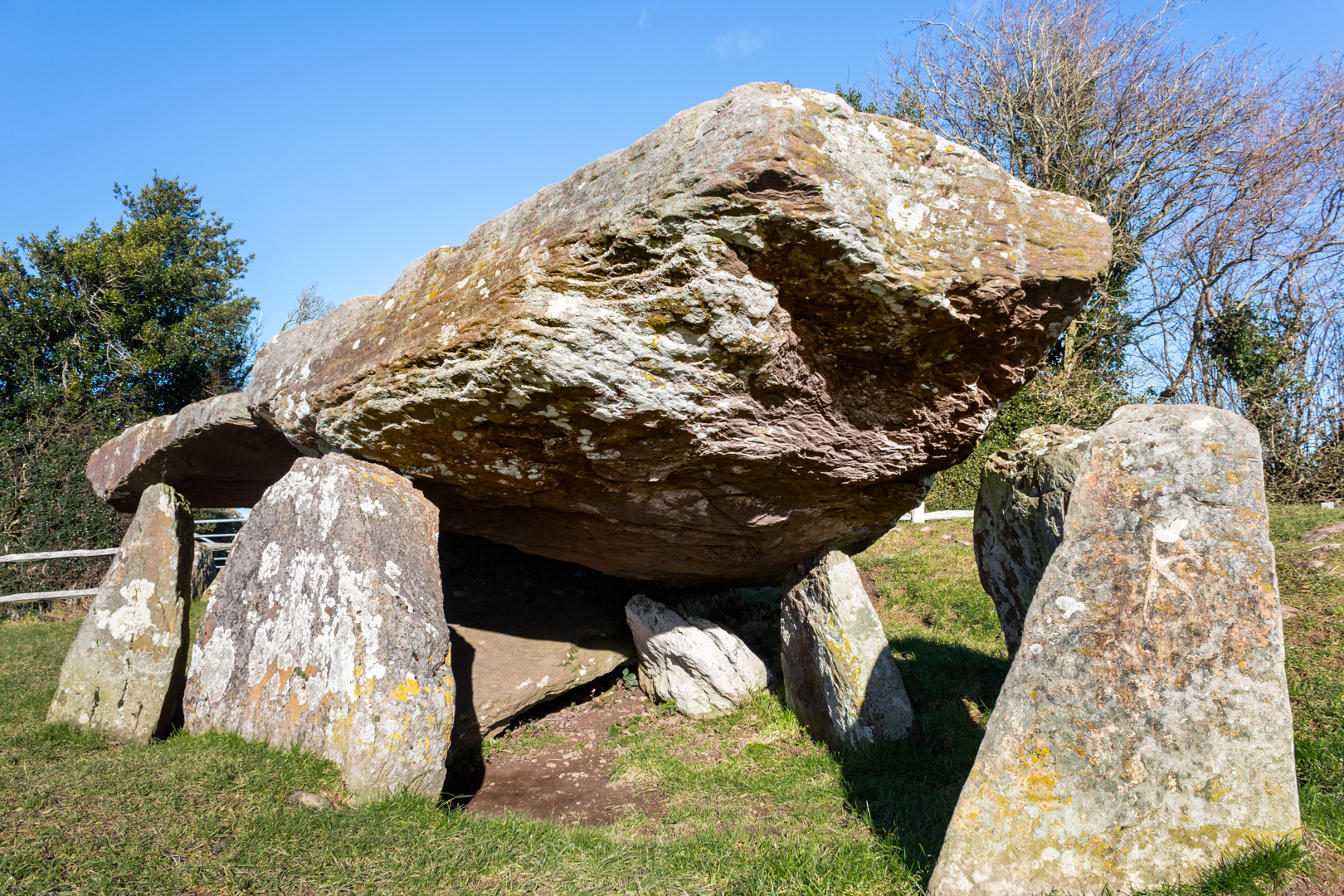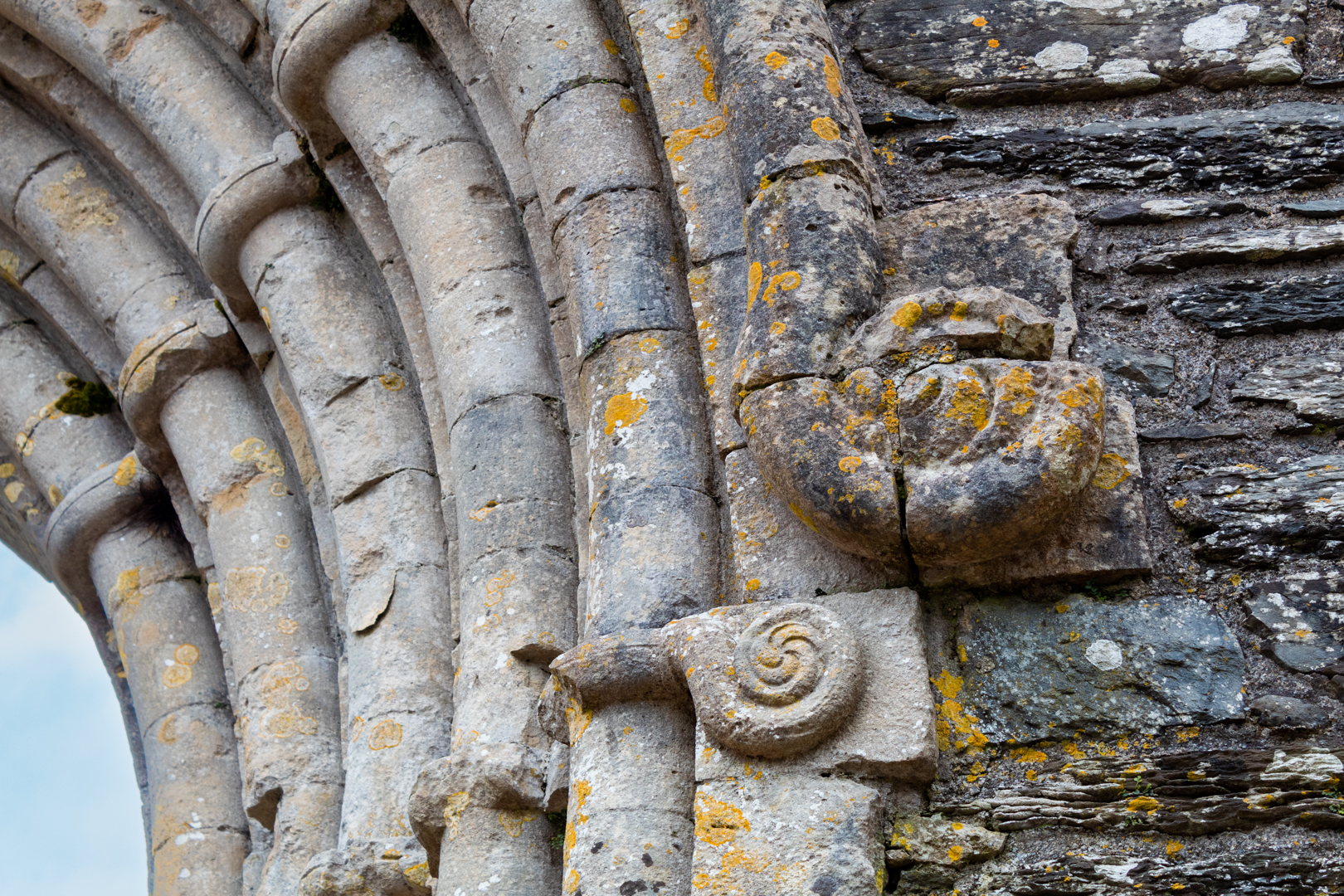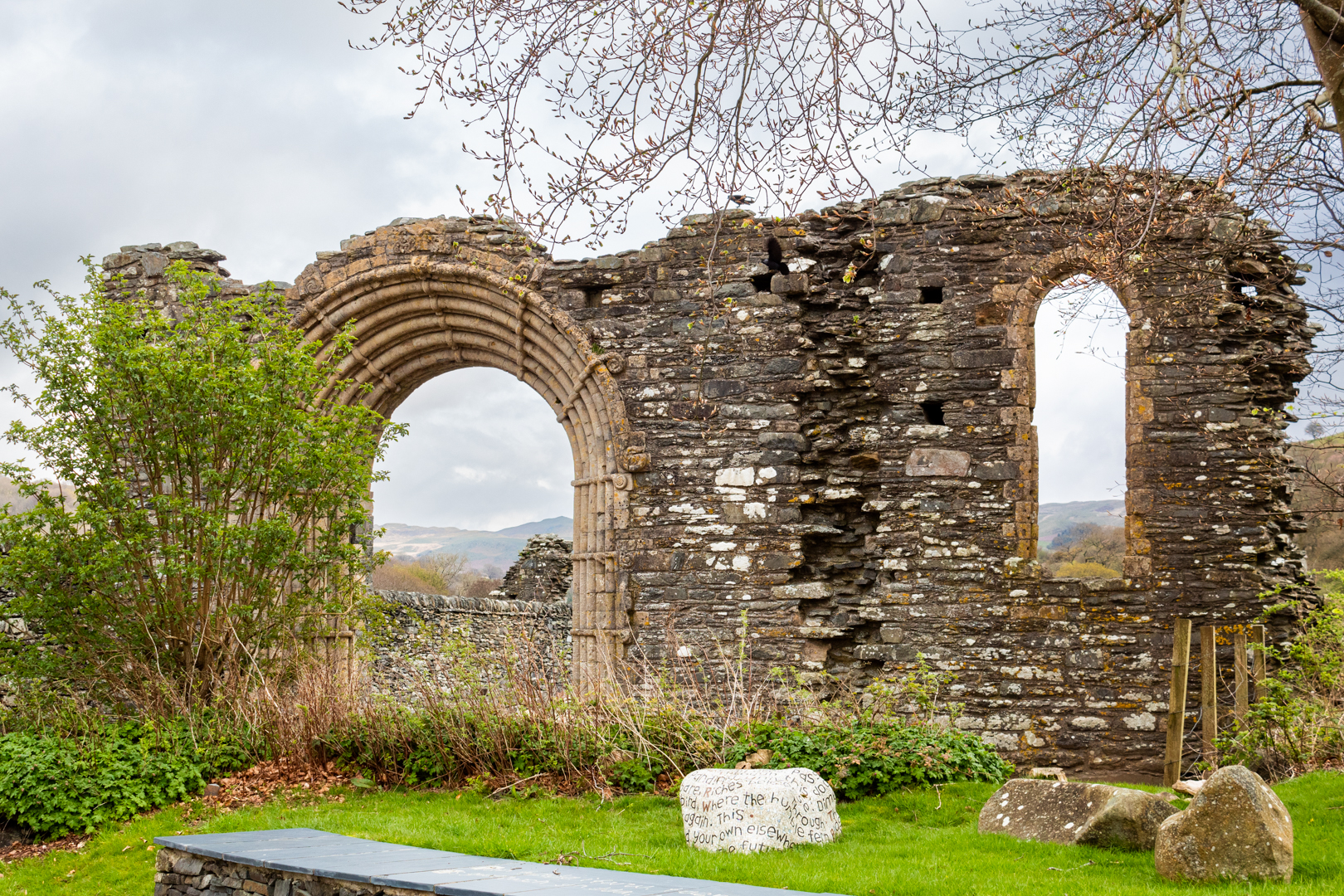Durdle Door is a notable limestone arch situated on the Jurassic Coast in Dorset, England.
It boasts a rich geological history, an ancient name, and has inspired various cultural works.
Visit Date June 2025
Additional information.
Visiting is easy and there is a public car park at the site (50.62416344362244, -2.269425401934578).
A full list of blogs can be found at my website
 |
| Durdle Door |
The formation of Durdle Door is a result of complex geological processes spanning millions of years.
The story of initial sedimentation began approximately 140 to 150 million years ago during the late Jurassic period when the area was covered by a warm, shallow sea. Over time, layers of sediment and debris, primarily composed of clay, silt, sand, and limestone (known as Portland Stone), were gradually deposited.
 |
| Coastline west of Durdle door indicating a small arch formation in the distance. |
Around 70 million years ago, tectonic forces caused the Earth's crust to experience folding and uplifting, forming a dome-like structure known as the Lulworth anticline. This process resulted in the rock layers being tilted, almost standing on end.
Durdle Door was formed on a concordant coastline, where layers of rock run parallel to the shoreline. The arch itself is made of resistant Portland Limestone, which is harder than the surrounding rock layers. Over time, the relentless pounding of waves against the coastline gradually eroded the softer rocks behind this harder limestone. This process of differential erosion initially created a notch at the base of the cliff, which then developed into a cave. Eventually, as the cave eroded completely through the hard stone, it transformed into the distinctive arch we see today.
 |
| Click on any image for a larger view |
Durdle Door is a "process halfway finished." The coastline is dynamic and prone to erosion, leading to occasional rockfalls and landslides. The arch is expected to eventually collapse, creating a sea stack, it is likely to occur during a strong storm, as ongoing erosion weakens the structure.
 |
| Coastline east of Durdle door showing 'sea stacks' |
The name "Durdle Door" is believed to have ancient origins, possibly dating back over a thousand years, although early written records are limited.
The word "Durdle" is derived from the Old English word "thirl," meaning "to pierce," "bore," or "drill". This, in turn, comes from "thyrel," meaning "hole"
The term "Door" in the name likely refers to the arch's unique arched shape. In the late 19th century, it was also known as the "Barn Door" due to its design, which was tall enough for a sailing boat to pass through.
In the late 18th century, it was referred to as the "magnificent arch of Durdle Rock Door." Early 19th-century maps featured variations of the name, such as "Duddledoor," "Durdle," and "Dudde Door." The first Ordnance Survey map, published in 1811, officially named it "Dirdale Door."
Durdle Door appears in Folklore, Myths, and Popular Culture
Arthur Moule, a Dorset-born missionary and friend of Thomas Hardy, wrote about Durdle Door in his 1879 book of poetry, Songs of Heaven and Home, written in a foreign Land.
 |
| Coastal walk marker at Durdle Door. |
Durdle Door has been featured in several films, including *Wilde* (1997) with Stephen Fry, *Nanny McPhee* with Emma Thompson, the 1967 *Far From The Madding Crowd*, and the Bollywood film *Housefull*. Most recently, it appeared in the 2022 *Doctor Who* episode "The Power of the Doctor," where the Thirteenth Doctor regenerated.
Parts of music videos for Tears for Fears' "Shout," Billy Ocean's "Loverboy," Cliff Richard's "Saviour's Day," and Bruce Dickinson's "Tears of the Dragon" were filmed at Durdle Door.
Footer:Visit Information: -
Google Reference: -
50.62127062504596, -2.2762703993436575
What Three Words reference: -
///crabmeat.inversely.chat
OS Details: -
Google Reference: -
50.62127062504596, -2.2762703993436575
What Three Words reference: -
///crabmeat.inversely.chat
OS Details: -
Grid Ref: SY 80524 80195 Elevation: 74 ft
Additional information.
Visiting is easy and there is a public car park at the site (50.62416344362244, -2.269425401934578).
Access is well signposted off the B3070 near Burngate and onto Church Road. On this road it feels like you are entering a holiday park but continue to follow the signs and you will eventually come to the car park. Access then is along the coastal path down to the site and beach. There is a steep climb down to the viewing area and if you wish to get to the beach it is a further climb down many steps. This is difficult if you have poor mobility.
At the car park there is refreshments and toilet services. This place gets very busy, especially in the summer months.
The car park is not free and there is a number plate recognition system in use and payment is made by card on leaving.
A full list of blogs can be found at my website





































